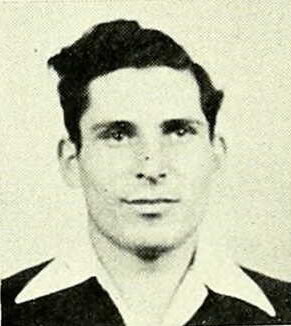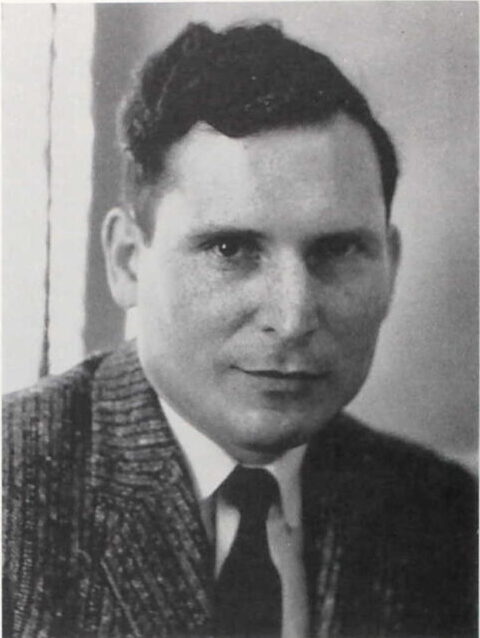Pfc. Alfred Schwartz 36966028

Private First Class Alfred Schwartz 36966028 US Army. He was born on January 8, 1922 in Chicago, Illinois. He was the son of Isadore Schwartz and Lena Schwartz. He was a graduate of Chicago Teachers College before entering the US Army. He entered the US Army on April 10, 1944.At the time of his enlistment he was 5 foot 8 inches tall weighed 145 pounds. He had Black hair and brown eyes.
He was stationed at Fort Jackson until October 23, 1944 when he got orders to report to the 63rd Infantry Division stationed at Camp Van Dorn, Mississippi. He was assigned to HQ Company, 253rd Infantry, 63rd Infantry Division. On November 2, 1944 he was assigned to A Company, 253rd Infantry, 63rd Infantry Division. He serve in Combat with A Company, by April 4, 1945 he was acting as a liaison between supplies and the rest of the A Company. he spend a great deal of time on a jeep trying to locate the various units on a very flexible front. It does keep me on the go.
On April 6, 1945 he was assigned to handle a radio for one of the officers as the fighting began. “It became certain in a short time that the Germans were, going to make it very difficult for us to take Kressbach. We were hit by machine gun fire, mortars and small arms. The Germans were supported by tanks and artillery fire. We sustained our largest number of dead and wounded and at one point some of us received orders to pull back.”
On April 9, 1945 “about twelve to fifteen of us in five Jeeps with extra ammo and food headed out from the C.P. and mess tent to find the major part of the Co. The situation at that time was very fluid as the German forces kept pulling back with the American units in full pursuit. The road that we took was through a wooded area and barely passable as fallen trees blocked the narrow road. After traveling about 5 to 7 miles a burst of machine gun fire from off the road raked the area. The jeeps quickly stopped and we dove for the ditch. About five of the group headed into the woods but after a quick search did not locate the source of the machine gun fire. We jumped back into the jeeps and started to move out. Just a short distance further another burst of fire and as I started out of the jeep I knew that I had been hit. I yelled for help and almost immediately one of the jeep drivers got me on his vehicle and we headed back to a first aid station. I can remember arriving at the aid station but nothing else until two days later when I woke to find myself at a field hospital. A bullet had clipped my right elbow and another had entered ·my lower right side went through the right lung and stopped just short of my spine. There is another chapter to write about the miracles of Army medical treatment but suffice to say I am here today.”
He was discharged on October 18, 1945. He was Awarded the Combat Infantry Badge, the Bronze Star Medal, the Purple Heart Medal, The American Theater of operations, the European Theater of Operations Medal ETO with 2 battle star, and the World War Two Victory Medal.
After the war he earned an MA and Ph.D. from the University of Chicago and then moved to Des Moines where he began his career in teaching and university administration. During his 35 year tenure at Drake University he served as the dean emeritus in the college of education. He also started the Des Moines Head Start program. He also authored 3 books He died on October 17, 2004 at the age of 82 in San Diego California.

Sources
1- Carl Jackson’s collection at the Camp Van Dorn Museum
2- 63rd Infantry Division Records
3- 1959 Drake University Year Book
4- 1942 Chicago Teachers College yearbook
5- The Des Moines Register 26 Oct 2004
6- the U.S., World War II Draft Cards Young Men, 1940-1947
7- the 1930 United States Federal Census
8- the 1940 United States Federal Census
9- the 1950 United States Federal Census
10- the U.S., Veterans’ Gravesites, ca.1775-2019
